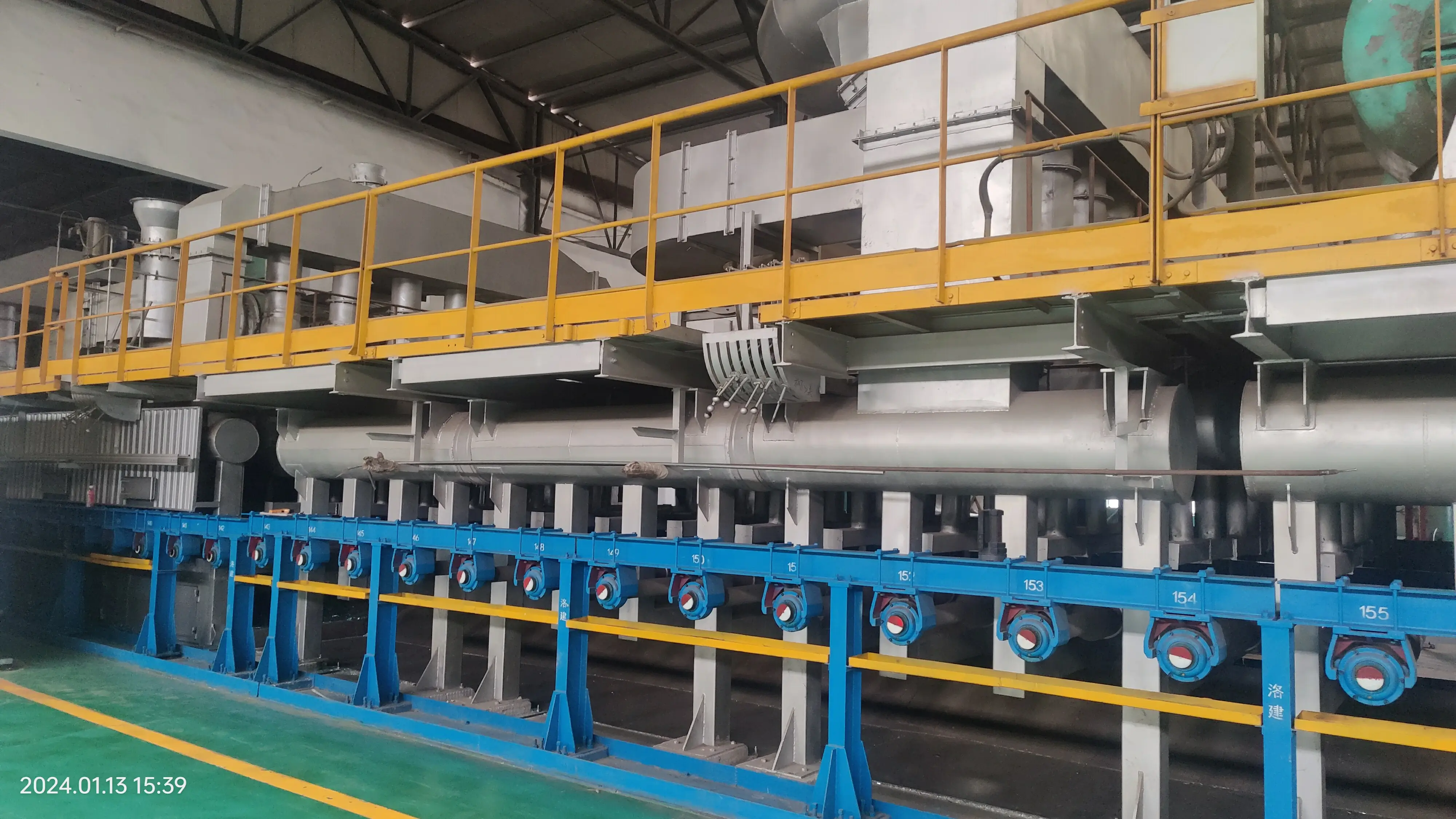

Understanding the Price Dynamics of Mirror Glass
Mirror glass is a versatile material widely used in various applications, from interior decoration to automotive manufacturing. Its unique reflective properties make it a popular choice for both functional and aesthetic purposes. However, the price of mirror glass can fluctuate based on several factors, including material quality, production processes, market demand, and geographical location. In this article, we will explore the key influences on mirror glass prices and provide insights into how consumers and businesses can navigate this market.
The Quality Factor
One of the primary determinants of the price of mirror glass is the quality of the material itself. High-quality mirror glass is typically manufactured using optical-grade glass, which undergoes rigorous processing to ensure clarity and reflectivity. This glass is often made with low iron content, leading to higher transparency and better reflective qualities. As a result, premium products command higher prices. In contrast, lower-quality mirrors, such as those made from standard glass with lower reflectivity, can be produced at a significantly lower cost.
Production Processes
The manufacturing process of mirror glass also plays a crucial role in determining its price. The traditional process involves coating the glass with a reflective material, usually aluminum or silver, followed by protective layers. Innovations in production technology, such as eco-friendly coating methods and energy-efficient processing, can affect both production costs and the final price. For example, factories that invest in advanced technology may have higher upfront costs but can achieve economies of scale over time, potentially leading to lower prices for consumers.
Market Demand and Trends
Market demand is another significant factor influencing the price of mirror glass. As trends in home decor, architecture, and fashion evolve, the demand for specific types of mirror glass can change rapidly. For instance, the recent rise in popularity of minimalist and industrial design styles has led to increased demand for frameless mirrors and large-format mirror glass, driving prices higher in these segments. Conversely, a downturn in the housing market or a decrease in construction activities can lead to reduced demand, subsequently lowering prices.
Geographical Location

The location of production facilities and markets also has implications for mirror glass pricing. Manufacturers in regions with abundant raw materials and lower labor costs can produce mirror glass at a lower price point. For example, countries with significant glass-making heritage and established supply chains, such as China and Germany, can often provide competitive pricing due to lower production costs. On the other hand, importing mirror glass to regions with limited manufacturing capabilities or higher tariffs can significantly increase retail prices.
The Role of Retail and Distribution
Retail strategies and distribution networks are further contributors to the final cost of mirror glass. Wholesalers and retailers may add a mark-up to cover operational costs, affecting the overall price available to consumers. Also, online sales platforms versus brick-and-mortar stores can lead to different pricing structures, as e-commerce may reduce overhead costs, allowing for more competitive pricing. Furthermore, the availability of discounts and promotions can impact consumer purchasing decisions and affect pricing in the short term.
Tips for Consumers and Businesses
For consumers and businesses looking to buy mirror glass, understanding the various factors contributing to its price can lead to more informed purchasing decisions. Here are a few tips
1. Research Quality Always verify the quality of mirror glass before making a purchase. Look for detailed specifications and customer reviews to ensure you’re getting a product that meets your expectations. 2. Compare Suppliers Shop around and compare prices from multiple suppliers. Consider both local and online retailers to find the best deal.
3. Consider Bulk Purchases For businesses, buying mirror glass in bulk can result in significant savings. Many suppliers offer discounts for larger orders.
4. Stay Informed on Market Trends Keep an eye on trends that may affect the availability and pricing of mirror glass. Changes in consumer behavior can lead to price fluctuations.
In conclusion, the pricing of mirror glass is influenced by a multitude of factors, ranging from material quality and production processes to market demand and geopolitical considerations. By understanding these elements, consumers and businesses can better navigate the mirror glass market, making informed choices that meet their needs while optimizing costs.